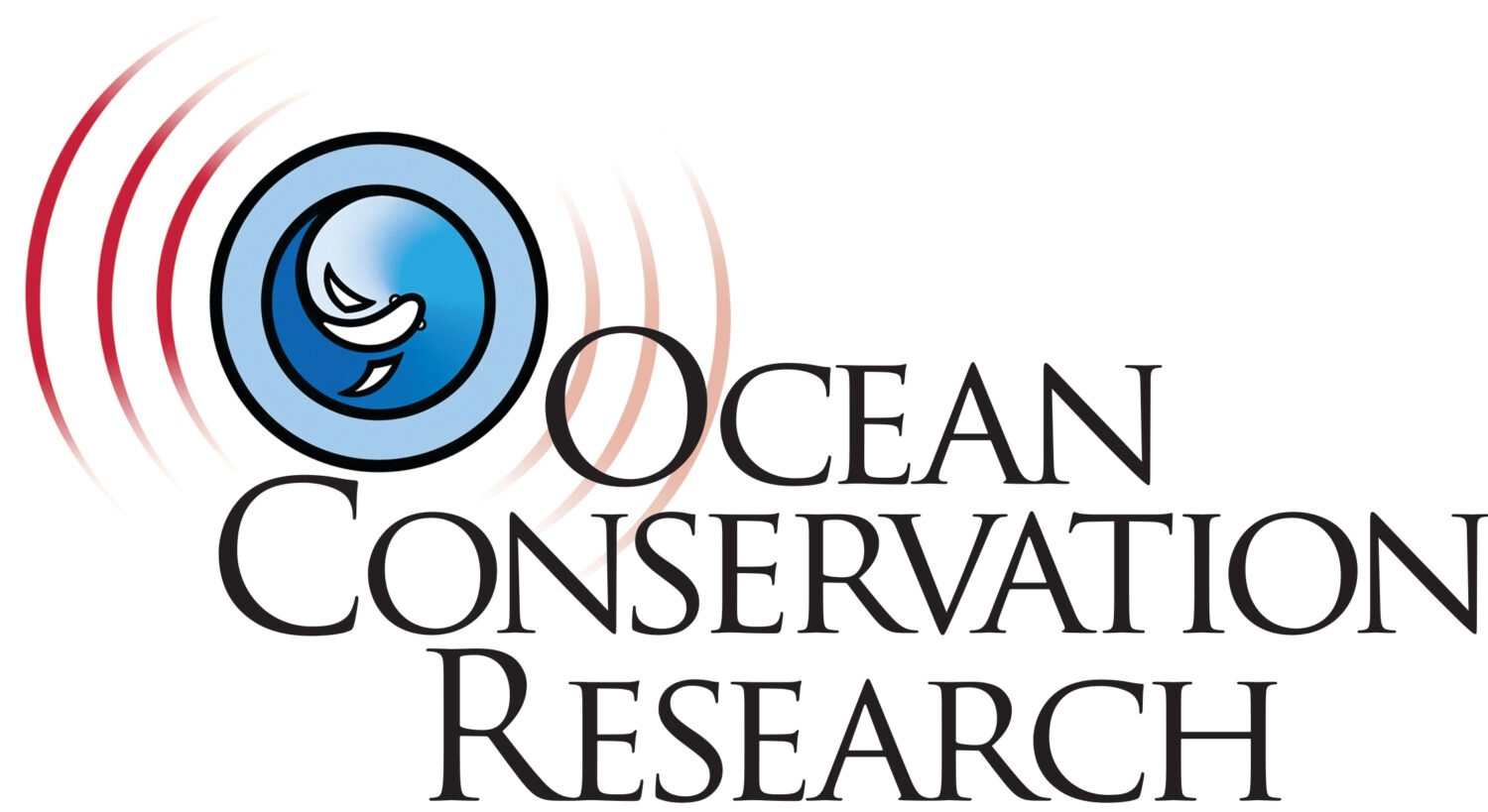I have just returned from my Washington DC visit. The trip was both productive and enjoyable. The ‘anti-environmental’ air of our last administration is palpably clearing, and while there remains some die-hard obstructionists in Congress, there is a profound sea change occurring which will make our conservation work so much easier.
The galvanizing incentive for my attending this last week was to participate in the “Blue Vision Summit,” a gathering of some 450 ocean conservation colleagues to promote a healthy ocean agenda for the 111th congress.
It was great spending “face time” with folks I usually only gather with on the bottom of “sign-on” letters. This conference also brought together some ocean luminaries like Dr. Sylvia Earle, Roger Payne (of Songs of the Humpback Whale fame) and Rep. Sam Farr
The conference started Saturday afternoon and ended on Monday evening. I then spent the Tuesday and Wednesday padding around the U.S. Senate and House buildings educating Congress and Staff members about the new (and loud) technologies that will be used in Outer Continental Shelf (OCS) oil extraction.
The deeper details of this are below for those interested in “drilling down” into the issue, but for the purpose of this missive; suffice it to say that I enjoy this ‘lobby’ work almost as much as I like doing research.
One of the highlights for me was being asked to craft a “Dear Colleague” letter that Rep. Rush Holt’s office offered to circulate (D-NJ). This letter will be used to inform members of the Energy and Minerals sub-committee about the risks of the new OCS extraction technologies.
Drilling down:
Due to the lapsing of the moratorium on offshore drilling last October, there are many details in play regarding the opening up of offshore oil and gas leases.
One of the many thoughtful decisions made by our new Interior Secretary Ken Salazar was to extend the public comment period on the OCS leasing plan. So instead of having our comments due this coming Monday (stipulated by the former administration’s midnight fancy-footwork) we now have until mid-September to review the risks and devise a plan.
The petroleum industry is using this time to persuade the American public that their operations are much less damaging than they were in the past. Included in their outreach are TV commercials extolling the benefits of undersea extraction processing.
This technology involves setting up networks of equipment on the seafloor such as “separators,” “de-sanders,” “injectors” and various other liquids processing equipment (see: http://ocr.org/portfolio/sea-floor-processing/ )
While this strategy does significantly decrease the likelihood of pipe failure and allows for safety shut-off closer to the well heads, I am concerned about two significant risks.
First: These huge pieces of equipment can be extremely noisy, and second; I am concerned the disposal of waste product or the effluent of some processing failure would go unnoticed and left exclusively to the reporting of the oil field operators.
After my speaking with his staff, Rep. Rush Holt’s office has offered to circulate a “Dear Colleague” letter requesting that the full environmental impacts of this new technology be understood prior to approving leases that employ this technology. This letter will put committee members on notice that there is much more to safe petroleum extraction than just keeping the oil in the pipes.
I am crafting this letter with the council of Tom Roth from Rep. Lynn Woolsey’s office, and the indefatigable Richard Charter from the OCS coalition. I will let you know how the story develops.
Meanwhile, do prepare for a San Francisco public comment meeting on April 16, where we will all have a chance to chime in on OCS oil leases.
